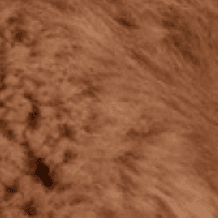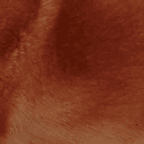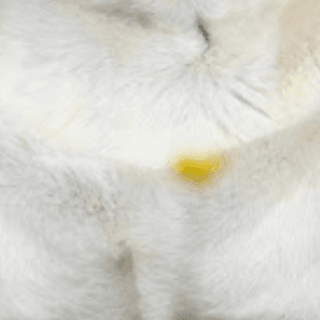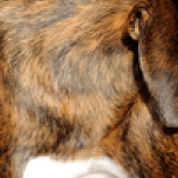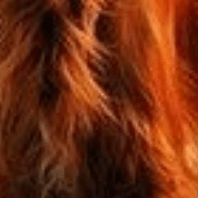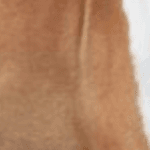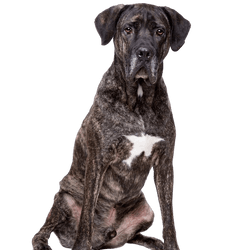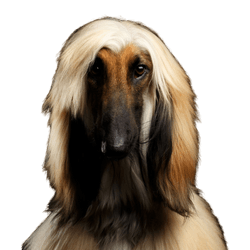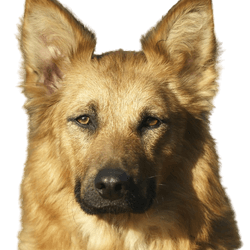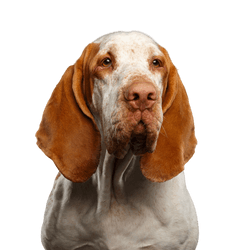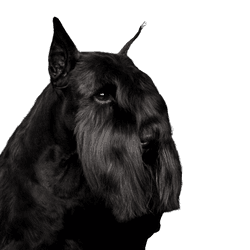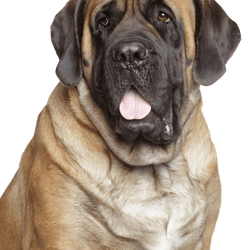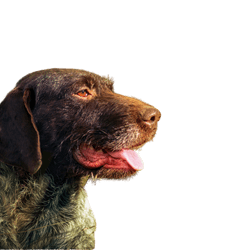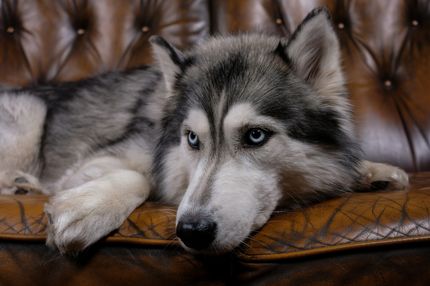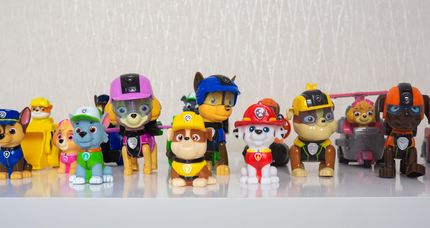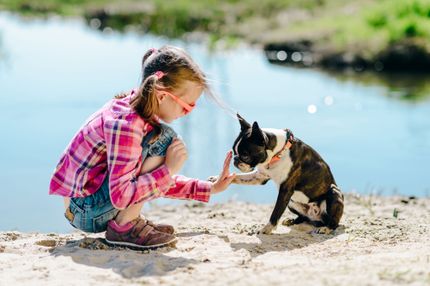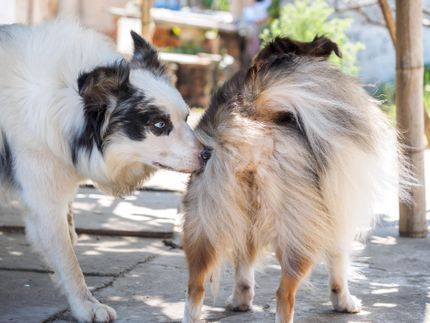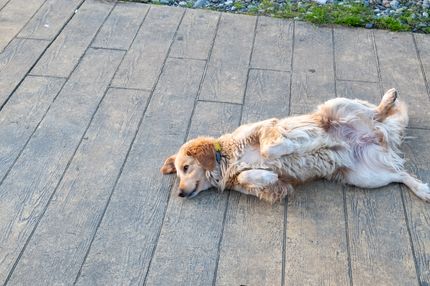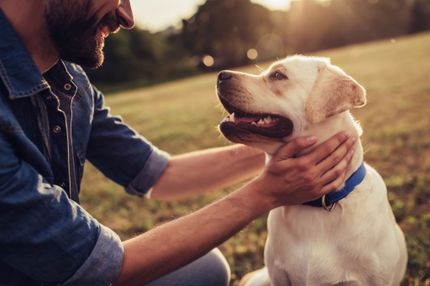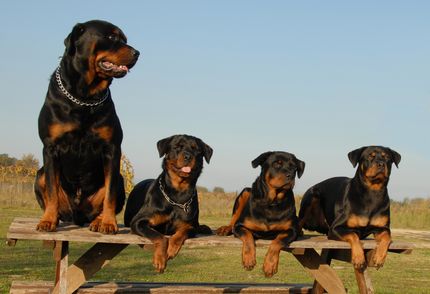Facts & Origin
The Boerboel, also known as the South African Mastiff, is an impressive and powerful dog breed that originated in South Africa. Characterized by its mastiff-like appearance and its outstanding guard and watchdog abilities, the Boerboel has gained many followers over the years. Below, we'll dive deeper into the history and origins of this fascinating breed, examine its characteristic traits and temperaments, and provide helpful tips for caring for and raising Boerboel dogs.
Origins and History of the Boerboel: South African Mastiff
The origins of the Boerboel date back to the 17th century, when Dutch settlers probably brought large and strong dogs, known as "bull bijters," from their homelands to protect themselves from danger. A well-known figure of this group was Jan van Riebeeck.
In the course of time, the Bullmastiff arrived in South Africa through British immigrants. The crossing of this breed with other dogs, such as Great Danes, led to the creation of the Boerboel. This powerful dog was able to take on large African predators and was used as a reliable guardian of farms, protecting them from wild animals and cattle rustlers.
The Boerboel breed is recognized by the Kennel Union of South Africa, a full member of the Fédération Cynologique Internationale (FCI).
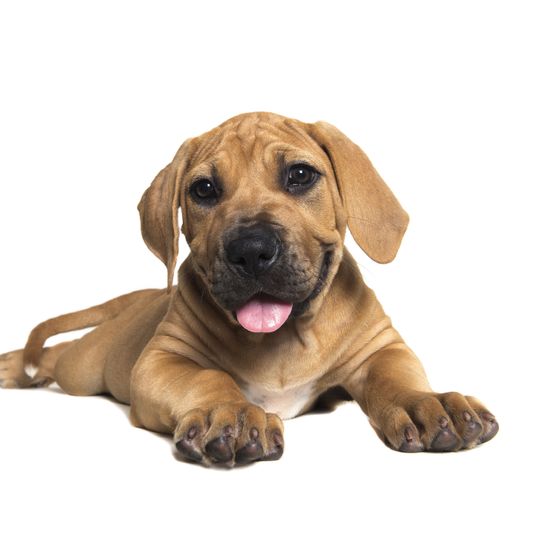
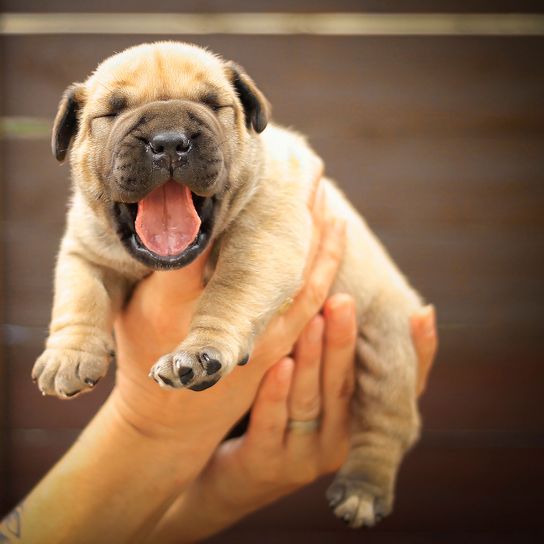
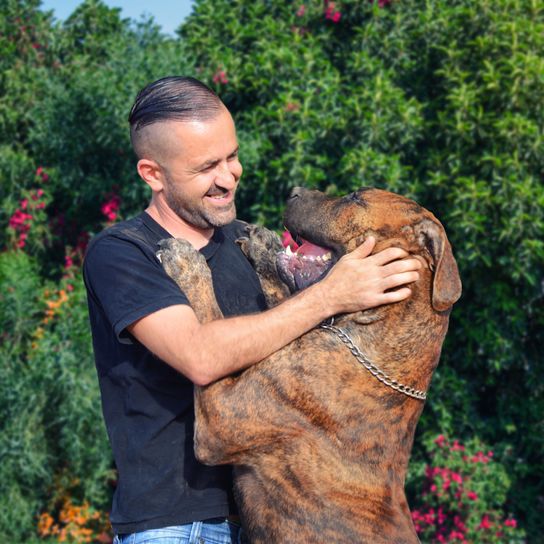
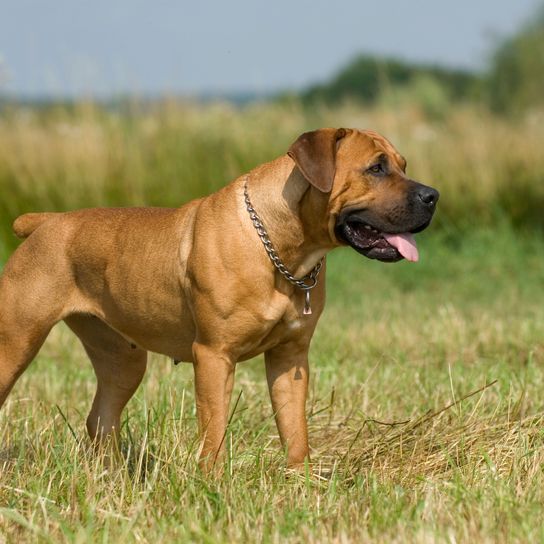
| Alternate Name | Farmer Dogue, South African Mastiff |
| Origin | South Africa |
| Life expectancy | 10 - 12 years |
| Care requirements | low-maintenance |
| Activity level | average to high |
| FCI group | not recognised |
| AKC group | not recognised |
| KC group | Pastoral Group |
Attitude, character and temperament of the breed
Characteristics of the Boerboel: A unique and faithful companion.
Boerboels are known for their calm and composed nature. They are characterized by self-confidence, fearlessness, courage and a strong protective instinct, without being nervous or aggressive. Thanks to their excellent trainability and controllability, they develop into obedient and loyal partners to their owners.
As experienced guard dogs, nothing escapes the Boerboel, and it can quickly distinguish between friend and foe. In dangerous situations, he instinctively steps into his protective role and fearlessly confronts any intruder.
In the family, Boerboels develop an intense, strong bond with all members and are especially loving playmates for children. However, children should never be left unsupervised with the dog. A successful relationship between Boerboel and human is based on honesty, trust and mutual respect. With these fundamentals, the Boerboel will be a loyal friend and companion throughout his life.
The Boerboel is best suited for experienced dog owners who are willing to provide consistent education, training and safe leadership. Despite their great self-confidence and independence, Boerboels have a desire to please their humans. If treated fairly, they will always strive to please their owner.
The right environment for a happy Boerboel
An important aspect of keeping a Boerboel is creating the optimal environment to meet its needs. As a large and powerful dog breed, the Boerboel needs ample space to move freely and follow his natural instincts. Ideally, he should have access to a large, fenced garden or a similarly secure outdoor area where he can play, romp and explore his surroundings.
In addition, the Boerboel is a social dog that appreciates being close to his family. Therefore, he should not be kept permanently outdoors, but should also have the opportunity to spend time inside the living area. A close bond with the family promotes his well-being and balanced personality.
Physical and mental exercise of the Boerboel is also important. Regular walks, exercise sessions and employment opportunities help prevent boredom and undesirable behavior. A balanced combination of exercise, mental stimulation and social interactions is critical to a happy and contented Boerboel.
Overall, a Boerboel's environment should meet both his physical and emotional needs to foster a close bond with the family and allow for a happy, healthy life.
Socialization, education and training of the Boerboel.
Successful integration of the Boerboel into family life requires early socialization, consistent education and effective training. Socialization of the puppy should begin at an early age to encourage a positive attitude toward people, other dogs, and various environmental stimuli.
Consistent parenting is critical to providing the boerboel with clear boundaries and structure. Experienced dog owners are best suited to guide the Boerboel's natural independence and protective instincts in the right direction.
Regular training and mental occupation help to keep the Boerboel exercised both physically and mentally. A varied mix of obedience training, games and brain teasers promotes the bond between dog and owner and helps to ensure a balanced and happy life together.
Character
Usage
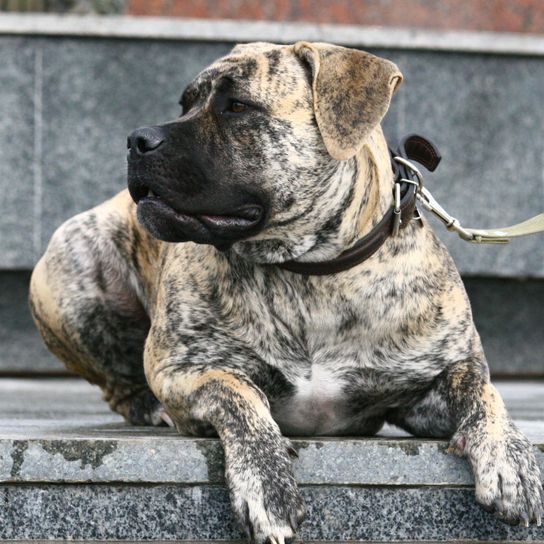
Boerboel health and care: tips for a long and healthy life.
The health and well-being of a Boerboel is of great importance to help them live a long and happy life. A balanced diet, regular exercise and preventive health measures are crucial for the health of these impressive dogs. Covered here are important aspects that can help keep the Boerboel healthy and happy.
Feeding: Since Boerboels are large dogs, they need adequate nutrition. To avoid overfeeding and obesity, food should be fed in controlled portions throughout the day. It is important that the Boerboel be given rest after eating to reduce the risk of life-threatening gastric distress.
Puppy Food: Special puppy food with low protein content (below 25 percent) is recommended for Boerboel puppies. This helps prevent overly rapid growth and associated joint disease, which is more common in large dog breeds.
Regular exercise: Boerboels benefit from daily exercise and mental stimulation to stay healthy and balanced. Extended walks, playtime and training exercises help keep the Boerboel fit and happy.
Preventive Examinations: Regular veterinary exams are important to monitor the Boerboel's health and detect potential health problems early.
Typical Breed Diseases: The Boerboel is prone to certain conditions such as hip dysplasia (HD), elbow dysplasia (ED) and vaginal prolapse (uterine prolapse). When selecting a Boerboel puppy, it is advisable to ask to see the HD and ED evaluations of the parents. Reputable breeders will encourage this.
Life Expectancy: Despite good care, Boerboels often reach an age of 9-11 years. This is mainly due to their size and mass.
Grooming: Boerboels require regular grooming to keep their short coats clean and healthy. Brush the dog at least once a week to remove dead hair and stimulate the skin.
Dental Hygiene: As with all dogs, regular dental cleaning is important for Boerboels to prevent tartar buildup, gingivitis and bad breath. Brushing and chewing articles can contribute to dental hygiene.
By paying attention to these aspects and working closely with your veterinarian, you can help ensure that your Boerboel lives a long and healthy life.

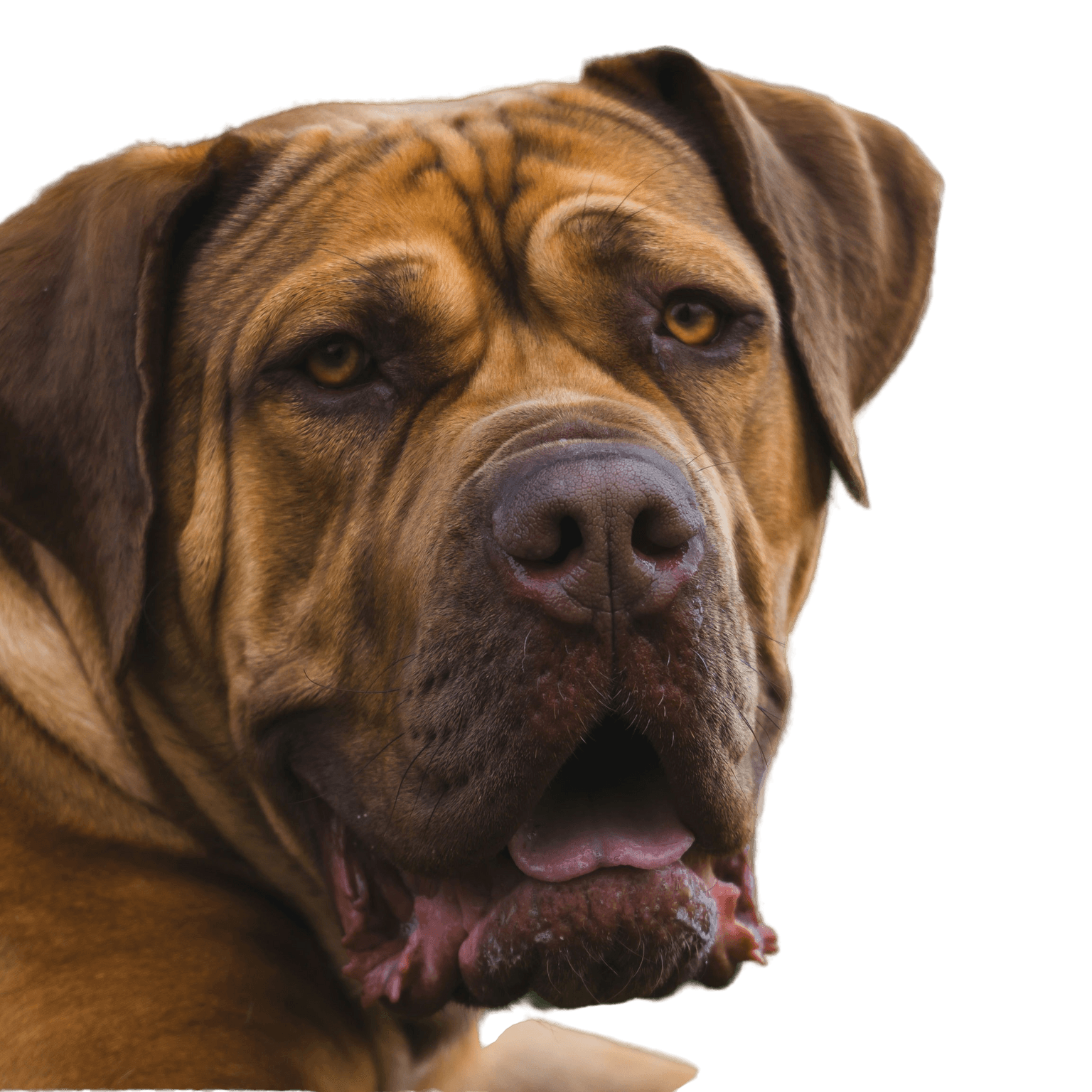
Breed characteristics of the Boerboel
The Boerboel is an impressive dog breed, which is bred to a certain breed standard, which is given by the KUSA. The following is intended to give those interested in breeding and laymen an understandable overview of the most important characteristics of this breed.
Appearance and Gait
The facial expression should be intelligent, alert and confident (not evasive, shy or threatening).
The movement of the Boerboel is strong, purposeful, lively and flowing, with outgoing reach to the front and rear. The legs and body should move in a line from front to back. The feet move closer to a centerline with increasing speed, forming a V-shape as thought. While the legs converge toward the centerline of the movement, they should never cross. In all gaits, the topline is firm and strong, with no swaying or dipping in the middle and no excessive rolling of the body.
Size and weight
The Boerboel exhibits marked sexual dimorphism, with the female being less developed. The ideal size of the Boerboel is determined by the height at withers and the desired proportions between the body size and the measurements of the various parts of the external anatomy:
- Males should be about 66 cm tall, but not less than 60 cm.
- The dimensions of bitches are usually 5 cm smaller
The head
The impressive, blocky and muscular head with its well-filled cheeks is a characteristic feature of the Boerboel. It is broad, deep, rather short but in proportion to the body. The roof of the skull is square, flat and muscular. The zygomatic arch (cheekbone) is well muscled but not too pronounced.
The stop is distinct but not prominent, gradually sloping and well filled between the eyes. Not too steep, but also not almost straight line should be formed between nose and occiput.
The muzzle
The broad muzzle is well set on, filled below the eyes and tapering slightly towards the nose. Its upper line should be straight and almost on a parallel plane with the skullcap. Its length is slightly more than one third of the total head length (approximately 10 cm in males and 8 cm in females at ideal size). On top of this sits a nasal sponge whose nostrils are large and widely spaced, with the septum (vertical line) of the nose perpendicular to the lower jaw.
The jaws are generally strong, deep and broad, tapering slightly forward. They are set with white, strong teeth, which in a breeding specimen are correctly spaced and fully developed. This gives a scissor bite (a limited forward bite is discriminated against at shows; an overbite is not acceptable). The fleshy upper lip lies loosely and covers only the lower lip and the teeth in front - but not the lower line of the lower jaw at the sides. The lower lip is moderately tight and without excessive cheeks.
The eyes
The medium sized, roundish eyes of this dog breed are forward and set wide apart. They make an intelligent expression and are well protected from environmental influences by firm and black pigmented eyelids. No structural weaknesses are evident in a breeding specimen.
The ears
The ears are set wide and high and are carried close to the head. They are V-shaped with a broad base tapering to a rounded tip that almost reaches the mouth. If the dog is alert, the top of the ears and the skull between them should form a straight line.
The trunk
The neck is strong, of medium length, strongly muscled and with a pronounced crest. In the bitch the muscles are less accentuated, but should still be in balance with the head and body. It is set on medium high, blends smoothly into the sloping withers and forms a unit with the head and shoulders. The dewlap is discernible, but disappears towards the sternum.
The blocky, muscular body is solid with good depth and width. At the same time, the back is broad and straight with pronounced muscles forming an imperceptible arch over the lumbar region in the topline. The long, broad and deep chest reaches to the point of the elbow, which is about half the total height at the withers. The transitions between chest, loin and rump are well filled and flowing. Also typical are well sprung ribs and strongly developed pectoral muscles, as well as good fill behind the shoulder blades, which should themselves be well attached. The tip of the sternum is level with the point of the shoulder.
The rump in general is broad, strong, muscular and in proportion to the rest of the dog. Its height should not exceed the height at the withers, with its topline sloping slightly towards the tail. The short loins are straight and muscular, but slightly narrower than the chest and rump. The flanks are well filled, only moderately tucked up and the depth is slightly less than the loin length. The croup is broad and flat to provide a pivot point (armpit) for the powerful reach of the hind legs.
The tail
The thick tail should be set fairly high, well covered with hair, and without kink.
Tails are traditionally docked, but non-docked tails are acceptable in shows. Fortunately, in some countries this is actually prohibited. Docking is done at the 3rd or 4th tail vertebra. The natural tail should reach approximately to the hocks when standing.
The limbs
Weak and malformed limbs jeopardize the physical functioning required by the Boerboel and are discriminated against according to the breed standard.
In general, the limbs are composed of strong bones and are robust as well as muscular. There should be proper angulation from the well sloping shoulder blade to the metacarpal (pastern), forming a vertical line from the top of the shoulder to the paws, with the elbows held close and parallel to the chest when viewed from the front
When viewed from the side, the forearm should be vertical from the elbow to the carpus. The metacarpal is short, thick and strong and slightly inclined forward.
In the hindquarters, it is important that a powerful thrust can develop from the hindquarters to support the movement. Here the thighs, seen from the side and rear, are broad, deep and muscular and the lower thighs have well defined musculature. The latter show substance up to the hocks. The following metatarsus is broad, relatively short and perfectly upright. Its front is in a vertical line with the rear of the torso. From behind, the profile of the hindquarters should form an inverted U with the stifle joints pointing straight forward and the hocks pointing straight back.
The front feet point straight forward, are large, round, strong-boned and compact and should be on thick, sturdy as well as black pads. The toes are well arched, with curved, equally black nails and protection (by hair between them). The hind feet are slightly smaller than the front feet, but have the same quality.
The coat
The skin is thick and loose, but fits smoothly - though a small dewlap is permissible, as are moderate forehead wrinkles if the dog shows interest.
The boerboel is usually well pigmented, especially on the lips, palate, skin and hair around the eyes, root of the nose, paw pads, toenails, anus, and skin and hair around the genitals. Only dogs with black eumelanin pigmentation are accepted for breeding.
The skin is covered with short, dense fur, which is smooth and shiny in the following colors (with or without mask): All shades of red, brown, yellow (fawn). Brindle specimens may also occur. Brindle (brindled) is a color pattern with irregular vertical lines of only black hair on a red, brown or yellow base. Irish markings may be bred, but should be discriminated against in the show ring. All these colors and color patterns should be accompanied by good pigmentation.
Other colors or color patterns and tan markings are not acceptable.
| Fur length | short |
| Fur | flat coated |
| Ear shape | Triangle |
| Tail | lang |
| Anatomy | muscular, massive, strong, square, hefty |
| Size ♀ | 59 - 65 cm |
| Weight ♀ | 50 - 65 kg |
| Size ♂ | 64 - 70 cm |
| Weight ♂ | 65 - 90 kg |
| Suitable For | - |
Colors



Known Diseases
Hip dysplasia (HD)
Hip dysplasia (HD) is a genetic condition in dogs where the hip joint is not shaped properly. This leads to pain, stiffness and restricted movement.
Cruciate Ligament Rupture
Often affects breeds with a lot of weight.
Gastric torsion
Gastric torsion is a disease in which the stomach rotates around its own longitudinal axis. The cause of the disease is not known.
FAQ
-
Yes, the Boerboel is considered a dangerous dog breed and is on the list in some countries. Some therefore refer to it as a fighting dog. The reason why it is on the list is because it has a potentially enormous bite force of up to 800 PSI. Thus, it is one of the strongest dog breeds, in terms of biting power.
-
A lion dog refers on the one hand to dogs that have a lot of long, golden fur around the skull area and thus resemble lions, and on the other hand to dogs that hunted lions, especially in Africa. In colonial times, such dogs were mainly used in Africa or South Africa to help with hunting.
-
Boerboel puppies cost about 1300 euros.
-
No, the Boerbel is not recognized by the FCI.
-
The Borbel is a dog breed and is also called "South African Mastiff". He is considered very powerful and not suitable for beginners.
-
Unfortunately, due to its size, this breed of dog reaches an age of only 9-11 years.
-
No, a Boerboel is not a beginner dog.


